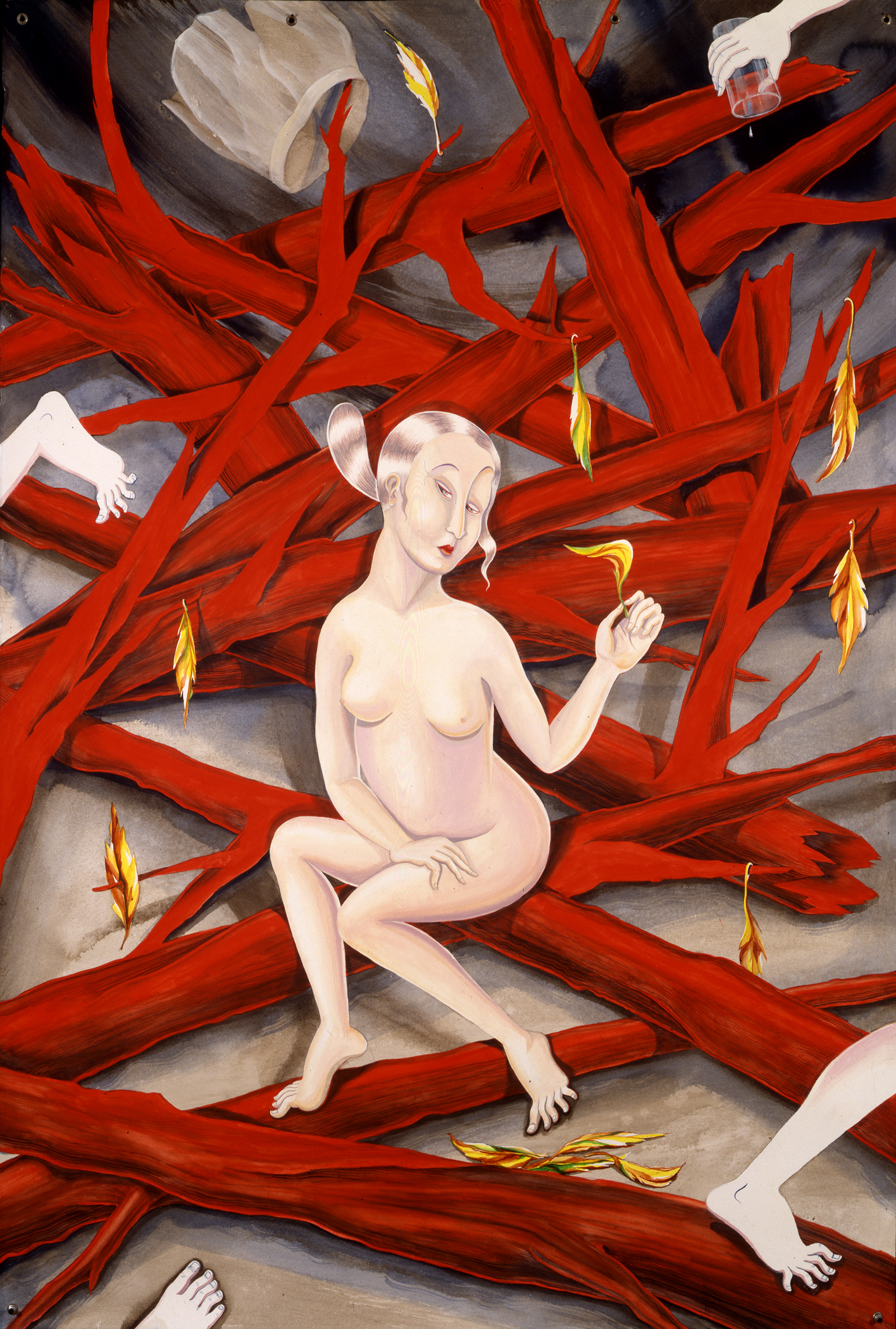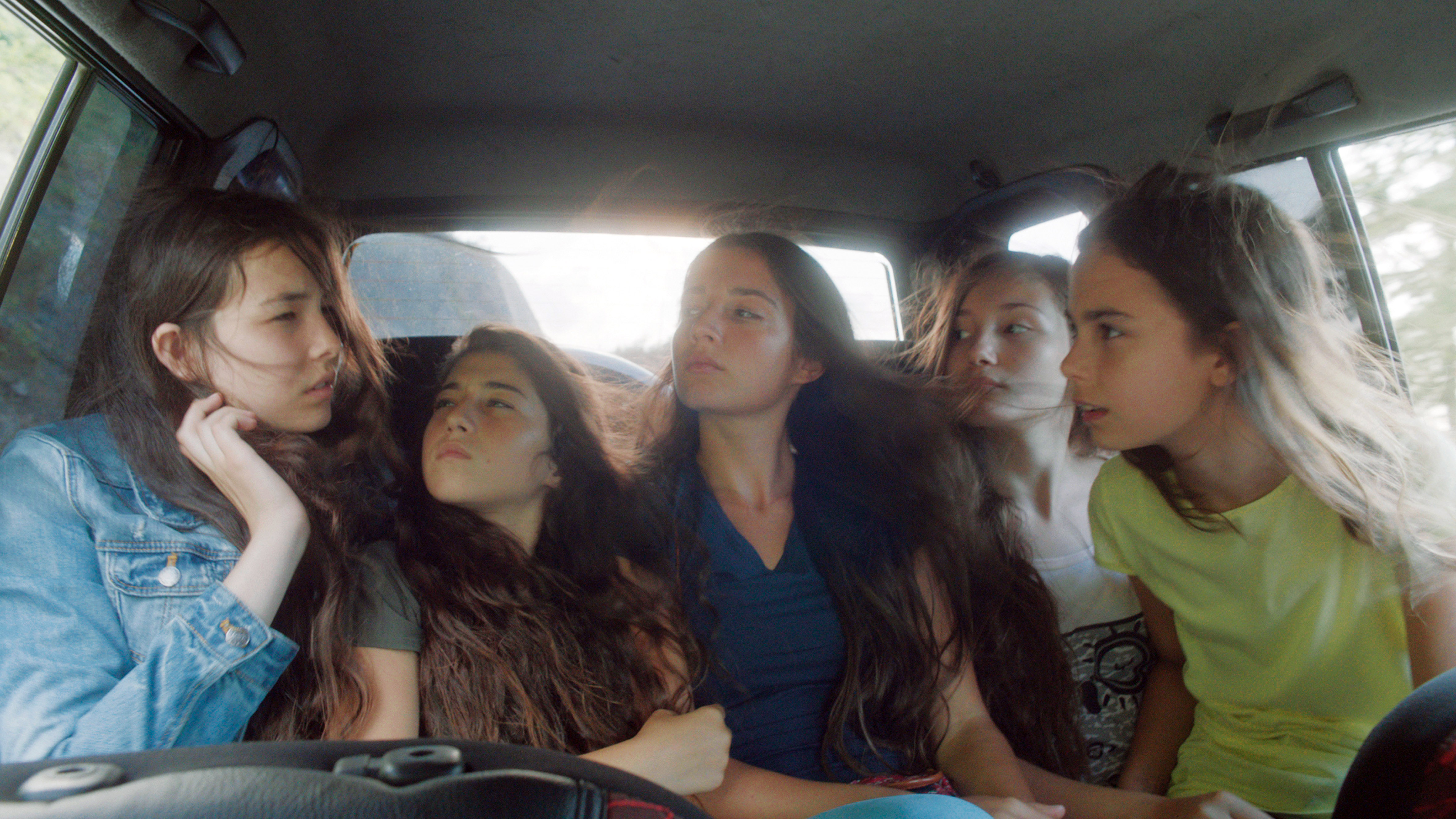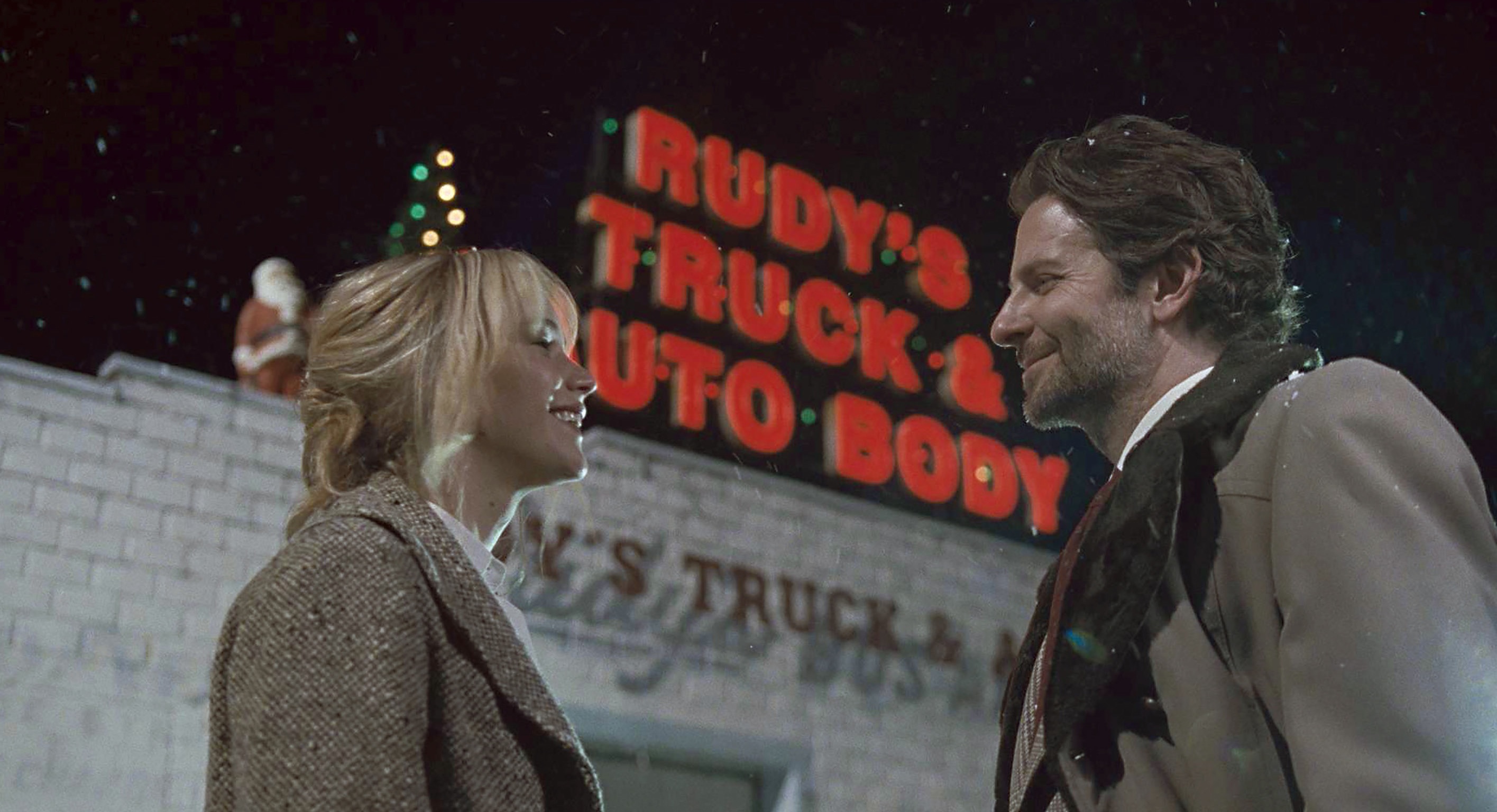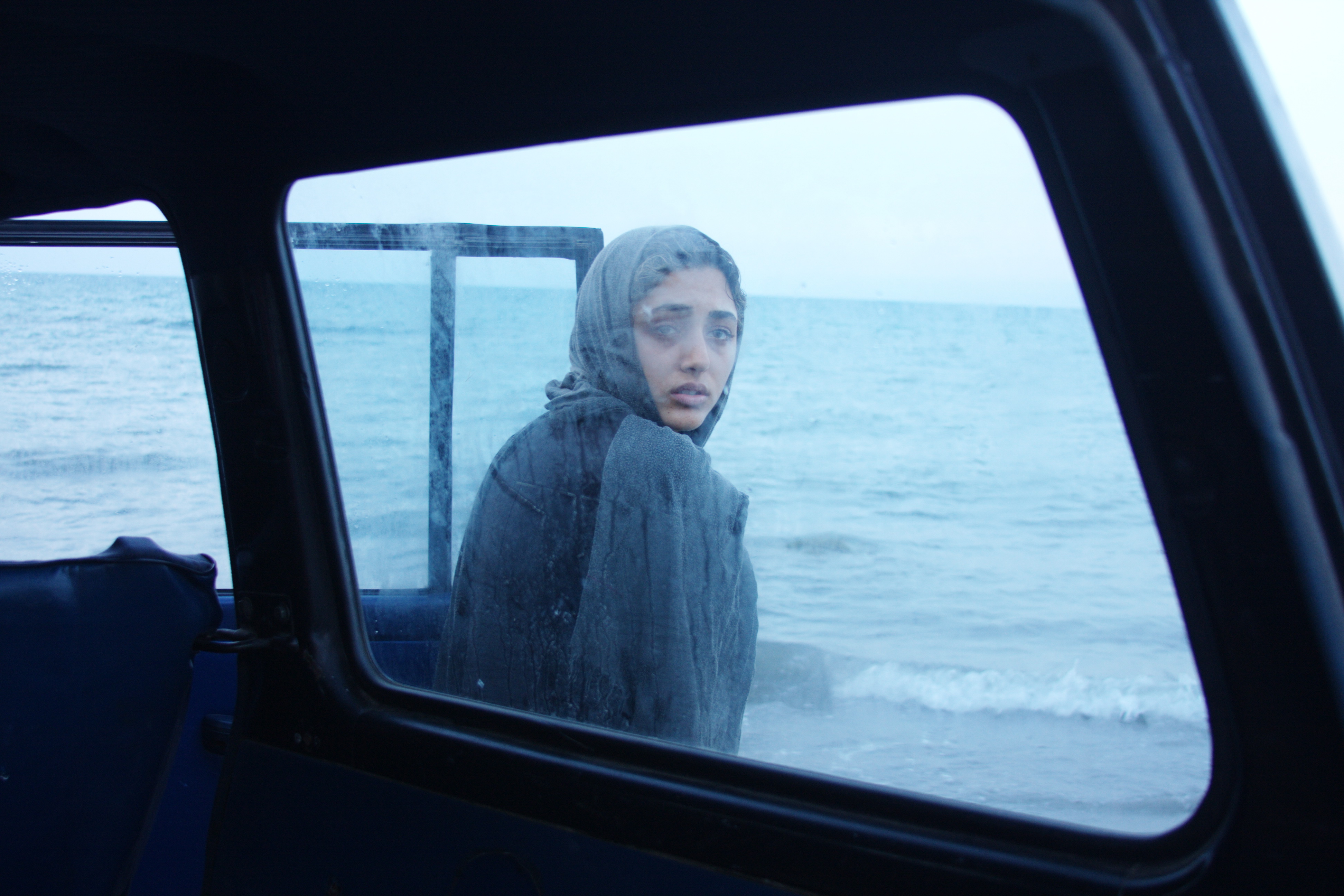A big career retrospective is equal parts biography and art, especially when it covers a half-century of work. Patti Warashina: Wit and Wisdom at the Bellevue Arts Museum includes more than 140 pieces by the Seattle artist—mostly ceramics, which made her reputation in the ’70s as a pioneering female artist in our region. A Spokane native, Warashina came to the University of Washington in the late ’50s, earned two degrees, married twice and raised two daughters, taught at the U for 25 years, and now enjoys a kind of elder/emeritus status among her fellow clay artists and former students. It’s good to be Patti, though during a summer walk-through at BAM, her remarks were anything but imperious. She wears her status lightly, like a friendly grandmother who lets you cut in front of her in the Safeway line.
“I’m amazed I worked so hard,” says Warashina, a chatty and vigorous 73, as she leads a tour through the museum’s top-floor gallery. (It’s about 8,000 square feet, and she fills all of it in a show that originated at Pasadena’s American Museum of Ceramic Arts; BAM’s Stefano Catalani has added other materials.) Works are mostly grouped chronologically, interspersed with photos and documentation. To pass through the various groupings is to wander through time and the different chapters of Warashina’s evolution through clay and beyond. BAM last treated her to a 30-year survey in 1991, and during the 2000s she had three smaller shows at the now-closed Howard House gallery. This exhibit is a comprehensive career assessment, including a coffee-table catalog with text by retired UW professor Martha Kingsbury.
Ceramics, like glass blowing, was something of a macho, male-dominated art during the ’60s. Warashina was at first an anomaly in the field. Perhaps because there were no obvious role models to follow, particularly for a Japanese-American woman, she subsequently tried on many hats and ventured through many phases of ceramic art. Her early earthy vessels are practical and shaded with natural hues—jugs, bottles, and jars that seem much older than the ’60s. Tradition reigns.
Then, as Warashina and her first husband travel among campuses as a smart young academic couple, Pop Art and bold colors seep in. Consumer brands and iconography are recreated and riffed upon. A pair of giant red lips can’t help but recall the old Rolling Stones logo. Surrealism is filtered through the Age of Aquarius. The ’60 really become the ’60s; yet there’s also strong reference to the domestic. By decade’s end, Warashina had two small kids; then she became a single mother in the early ’70s. Several small, delicate altars refer back to her grandmother’s household Buddhist shrines, though Warashina was raised Methodist. “I’ve always been interested in religious objects,” she says, though their spirituality hardly seems church-ordained. Her own delicately painted altars and pyramidal stacking boxes depict heroic women and martyred housewives, a more personal pantheon, among other motifs.
The ’70s also marked a return to figuration, Warashina explains. During her early career, “My work was really influenced by painting,” she says of a time when “Abstract Expressionism was at its peak.” That’s not where ceramic art was then headed, that’s now how she was trained, so she had to forge her own path. Thus followed her series of little white female figures, some massed in heroic poses, some caught in mazes, some draped over cars (the automobile being a favorite icon). It’s hard not to read these assertive women as avatars of empowerment during that era of the ERA and Ms. magazine. As an artist, teacher, and single parent, Warashina recalls, “I couldn’t even get a credit card in my own name.” (She later married fellow UW instructor and artist Robert Sperry, who died in 1998.)
Themes of politics and the environment run through later work, like a satirical sake set depicting an oil spill, with little figurines of Bush and Cheney—actually cups you can use—sitting on the tray. Elsewhere, gunboats and military forces pay unwelcome visits. Such ideas “usually come up in the morning, while I’m reading the newspapers,” says the self-described news junkie. It’s not a case of NPR setting the agenda for her art, but the influence of everyday life seeping in. The eggs often seen here are both tokens of fertility and of the daily necessity of making breakfast.
Still, since moving mostly from vessel to figure, the female form has dominated Warashina’s recent output, which extends to prints, paintings, and self-portraits. (These for me are the show’s real discovery—a more direct consideration of female roles and discontents.) Many of her later cherubic figures cavort like harlequins; there’s an often whimsical, carnivalesque aspect, a sense of celebration or performance. Stripes of paint suggest masks, and domestic items—forks, knives, crockery—become props. At the same time, most of these figures stand like sentinels in isolation, unlike the swarming groups of little white women in the ’80s. Her largest figures—some over seven feet tall—have the forbidding aspect of Easter Island moai. On a smaller scale, there’s a strongly social component to the black-and-white little cherubs of Pecking Order or Scrutiny, with their adult faces on baby bodies. Realistic human contours have been reduced. “I’m trying to work toward simplicity,” says Warashina.
Apart from her remarkably long and prolific c.v. (this from a woman who’s had no other career but making and teaching art), what links the early and late works and the many stops in between? What constantly impels Warashina forward into new themes and media? “When people tell me not to do something,” she says, “I always want to do it.”
BELLEVUE ARTS MUSEUM 510 Bellevue Way N.E., 425-519-0770, bellevuearts.org. $7–$10. 11 a.m.–5 p.m. Tues.–Sun. Ends Oct. 27.








